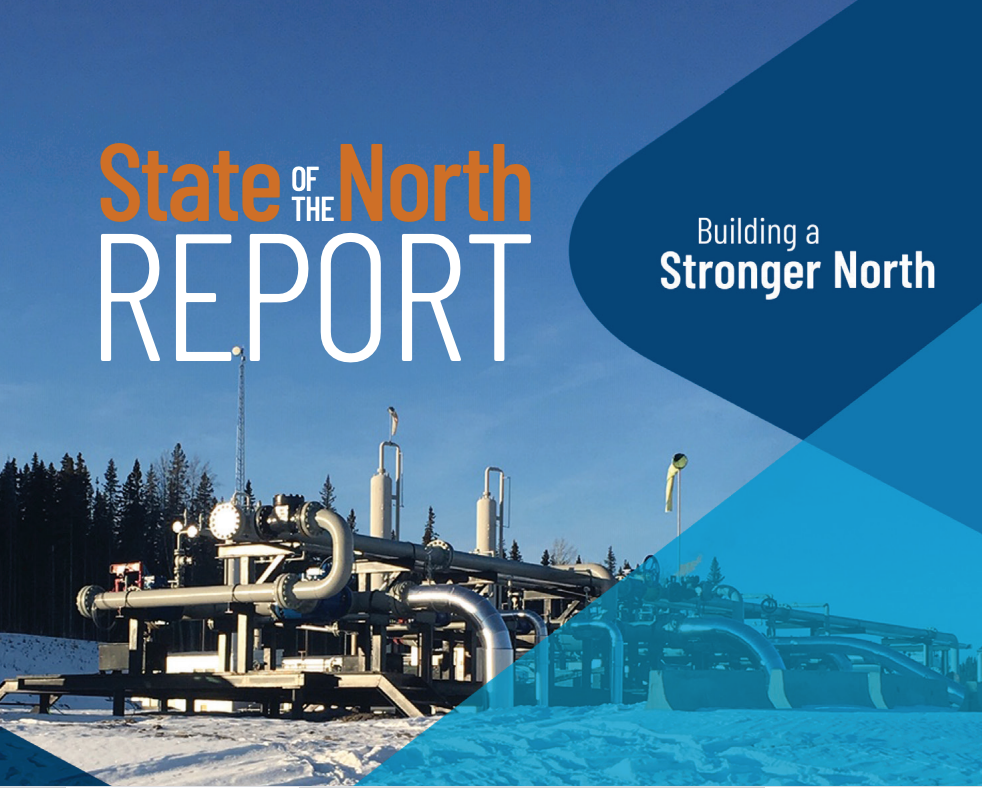Prepare For High Winds: A Guide To Fast-Moving Storms

Table of Contents
Understanding High Wind Risks
High winds, whether from hurricanes, tornadoes, derechos, or other severe weather systems, pose significant dangers. Understanding your risk is the first step in effective preparation.
Identifying High-Risk Areas
Geographic location plays a significant role in determining your exposure to high winds. Coastal regions are particularly vulnerable due to hurricane and tropical storm activity, while plains and mountainous areas can experience extreme wind speeds due to their unique terrain.
- Vulnerable Areas: Coastal plains, open grasslands, mountain passes, and areas near large bodies of water are particularly susceptible to high wind damage.
- Influencing Factors: Terrain features like hills and valleys can funnel and accelerate wind speeds. Proximity to large bodies of water increases the likelihood of severe weather systems forming and intensifying. The presence of tall structures can also create localized high wind events. Knowing your specific location's vulnerability to severe weather is key.
Monitoring Weather Forecasts
Staying informed about approaching storms is paramount. Regularly monitoring weather forecasts is not just about knowing if a storm is coming, but specifically about wind speed predictions.
- Reliable Sources: The National Weather Service (NWS) provides the most accurate and up-to-date weather information. Supplement this with local news channels and reputable weather apps.
- Understanding Warning Levels: Familiarize yourself with different warning levels (advisories, watches, warnings) and understand the severity each implies concerning high wind speeds. A high wind warning indicates that high winds are imminent or already occurring. Act accordingly.
Preparing Your Home for High Winds
Proactive steps to secure your home and property can significantly reduce damage during a high wind event. This preparation should include both exterior and interior measures.
Securing Your Property
Taking preventative measures before a storm hits is crucial in minimizing damage caused by high winds. This includes securing loose items both inside and outside your home.
- Secure Loose Objects: Bring all outdoor furniture, garbage cans, and other loose items indoors or securely anchor them. Remove anything that could become airborne and cause damage.
- Tree and Shrub Maintenance: Trim trees and shrubs regularly to remove dead branches that could break off and cause damage during high winds. Consider removing trees that are close to your home.
- Window Protection: Board up windows and reinforce garage doors to prevent damage. Use plywood or storm shutters for optimal protection.
Creating an Emergency Plan
A well-defined family emergency plan is essential. This plan outlines communication strategies and procedures should high winds disrupt normal services.
- Communication Plan: Designate an out-of-state contact person to act as a central communication point for family members. Have a backup communication plan in case cell service is disrupted.
- Safe Room Identification: Identify a safe room in your home, ideally an interior room away from windows, where your family can shelter during high winds.
- Emergency Supplies: Gather a kit including water, non-perishable food, a first-aid kit, flashlights, batteries, a battery-powered radio, and medications.
Actions During High Winds
During a high wind event, safety should be your top priority. Understanding appropriate actions both indoors and outdoors can significantly reduce your risk.
Staying Safe Indoors
If you are indoors during a period of high winds, your primary focus should be staying safe within your home.
- Avoid Windows: Stay away from windows and doors, as they are vulnerable to damage and could break.
- Safe Room Shelter: Seek shelter in your designated safe room and remain there until the high winds subside.
- Avoid Travel: Avoid unnecessary travel during periods of high winds.
Emergency Procedures (Outdoors)
If caught outdoors during a high-wind event, seek immediate shelter and prioritize your safety.
- Immediate Shelter: Seek shelter immediately in a sturdy building or vehicle. Avoid seeking shelter under trees or other structures that could fall.
- Power Line Awareness: Stay far away from downed power lines. Assume all downed power lines are live and dangerous.
- Emergency Services: If you need help, call emergency services as soon as possible.
After the High Winds Have Passed
Once the high winds have subsided, carefully assess the damage and take necessary steps to clean up and initiate repairs. Safety remains paramount during this phase.
Assessing Damage
A thorough inspection of your property is crucial after high winds. Focus on structural integrity and potential hazards.
- Structural Damage: Check for damage to your home's structure, including the roof, walls, and foundation.
- Downed Power Lines: Look for and report any downed power lines immediately to utility companies and emergency services.
- Emergency Services Contact: If you have sustained significant damage or if anyone is injured, contact emergency services immediately.
Cleaning Up and Repairing
Cleaning up debris and initiating repairs after high winds requires caution. Safety should guide all your actions.
- Protective Gear: Wear protective gear, including gloves, sturdy shoes, and eye protection, when cleaning up debris.
- Hazard Awareness: Be cautious of broken glass, nails, and other potential hazards.
- Professional Assistance: For major repairs, such as roof damage or structural issues, contact qualified professionals.
Conclusion
Being prepared for high winds is essential for protecting your life and property. By understanding the risks, taking proactive steps to secure your home, and following safety procedures during and after a storm, you can significantly reduce the potential damage and ensure your safety. Remember to regularly review your high wind preparedness plan and stay updated on weather forecasts to stay informed about potential threats. Don't wait until the next high wind event; take action today to protect yourself and your family. Start preparing for high winds now!

Featured Posts
-
 Programma Esperidas Megalis Tessarakostis Patriarxiki Akadimia Kritis
May 20, 2025
Programma Esperidas Megalis Tessarakostis Patriarxiki Akadimia Kritis
May 20, 2025 -
 Analysis Of The Old North State Report May 9 2025
May 20, 2025
Analysis Of The Old North State Report May 9 2025
May 20, 2025 -
 Avoid Hmrc Penalties Guide For Uk Households
May 20, 2025
Avoid Hmrc Penalties Guide For Uk Households
May 20, 2025 -
 Novaya Sharapova Voskhodyaschaya Zvezda Rossiyskogo Tennisa
May 20, 2025
Novaya Sharapova Voskhodyaschaya Zvezda Rossiyskogo Tennisa
May 20, 2025 -
 Experience Suki Waterhouses Disco Themed North American Tour With Surface
May 20, 2025
Experience Suki Waterhouses Disco Themed North American Tour With Surface
May 20, 2025
Latest Posts
-
 Billionaire Boy Exploring The Challenges And Responsibilities Of Extreme Wealth
May 20, 2025
Billionaire Boy Exploring The Challenges And Responsibilities Of Extreme Wealth
May 20, 2025 -
 Understanding The Billionaire Boy Phenomenon Family Fortune And Future
May 20, 2025
Understanding The Billionaire Boy Phenomenon Family Fortune And Future
May 20, 2025 -
 The Life And Times Of A Billionaire Boy Inheritance Influence And Impact
May 20, 2025
The Life And Times Of A Billionaire Boy Inheritance Influence And Impact
May 20, 2025 -
 79 Manazerov Uprednostnuje Osobne Stretnutia Home Office Vs Kancelaria
May 20, 2025
79 Manazerov Uprednostnuje Osobne Stretnutia Home Office Vs Kancelaria
May 20, 2025 -
 Old North State Report Summary Of Events May 9 2025
May 20, 2025
Old North State Report Summary Of Events May 9 2025
May 20, 2025
